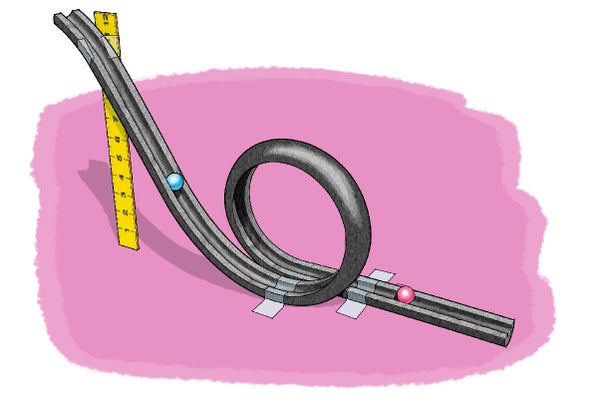In a previous unit it was stated that all objects regardless of their mass free fall with the same acceleration 9 8 m s s this particular acceleration value is so important in physics that it has its own peculiar name the acceleration of gravity and its own peculiar symbol g but why do all objects free fall at the same rate of acceleration regardless of their mass.
Why do some objects like feathers fall slower than marbles.
But there is another point.
It is of course the force of gravity that causes objects to fall.
One object always exerts a force of attraction on.
This air causes friction with objects as they fall through it called air resistance which can.
So why do feathers usually fall slowly.
Air resistance on earth we have plenty of air to breathe.
Assuming q 1 m 1 q 2 m 2 or object 2 falls faster than object one the combined object will fall at an intermediate rate this can be shown easily.
The air resistance on a moving obj.
Terminal velocity is defined to be the velocity of a falling object when it s weight is completely balanced by the upward air resistance.
Well it s because the air offers much greater resistance to the falling motion of the feather than it does to the brick.
So why do some objects fall faster than others.
Do objects float better in salt water than in fresh water.
Things like dust can stay floating for a long time if the particles are small enough so if you re on earth where objects are falling through air a heavier object may fall faster than a similarly sized lighter object but it usually won t be noticeable to us because the effect is often quite small for most things we deal with in practice.
A feather reaches terminal velocity a lot faster than say a cannon ball.
Gravity is a major player in the study of physical science.
Physical science why do some objects fall faster than others.
In order to see the true nature of gravity effecting the feathers you need to remove all the air in the room.
The principle of free fall holds true when objects face no air resistance in that case the ratio of force.
By applying the kinematics developed so far to falling objects we can examine some interesting situations and learn much about gravity in the process.
For example we can estimate the depth of a vertical mine shaft by dropping a rock into it and listening for the rock to hit the bottom.
Though some objects like feathers seem to fall slower because of air resistance.
You may wonder then why feathers float gently in the breeze instead of falling to the ground quickly like a brick does.















































